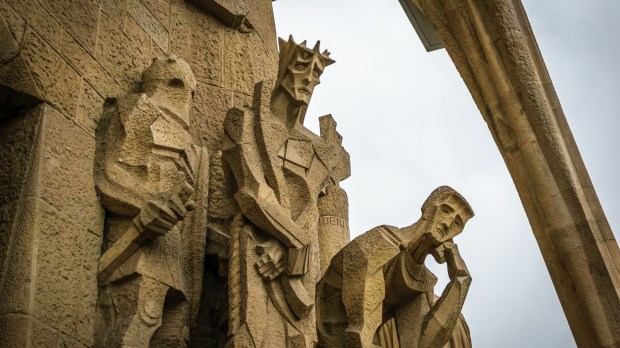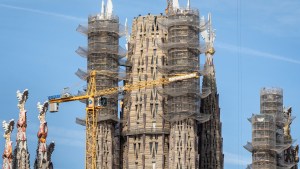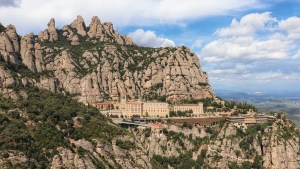When one thinks of the minor basilica of the Sagrada Familia, one name comes to mind –that of Servant of God Antoni Gaudí. This church, which is Barcelona’s best-known landmark, is surely one of the most iconic and ambitious architectural projects in the world. But unique as Gaudí’s architectonic genius might have been, the basilica is the work of more than one artist. One of them, Josep Maria Subirachs (1927-2014), left an indelible mark on this monumental work with his innovative religious iconography. In fact, his death in 2014 marked the end of an era in the realm of modern sacred art.
A sculptor, painter, and engraver, he was deemed the undisputable pioneer of Avant Garde sculpture in Catalonia in the second half of the 20th century. Subirachs became involved with the Sagrada Familia project in the early 1980s, as he was commissionedto continue the work of Antoni Gaudí himself. His style, marked by a typical Catalan modernist approach but with a distinctive personal twist that implied a decisive inclination towards “clean” abstract volumes, was a stark contrast to the highly intricate and organic designs of Gaudí. Needless to say, his appointment was, for many, scandalous. What Gaudí is to nature, Subirachs is to abstraction. In a way, these two geniuses are polar opposites – the Sagrada Familia being proof that, maybe, opposites do attract.
One of the most controversial aspects of Subirachs’ contribution was his depiction of the famous Passion Façade. Instead of traditional highly detailed religious imagery (as found in the Nativity façade) he created a series of stark, angular sculptures that depicted the suffering of Christ in a far more somber manner. In fact, his façade is a response of sorts to the highly decorated Nativity façade. Subirachs’ work is austere and imposing, carved with harsh straight lines. His approach was met with both admiration and criticism, with some praising it for its bold departure from convention (and his rather crude yet deeply symbolic approach to Jesus’ suffering and death) while others found it to be incongruent with the rest of the basilica.
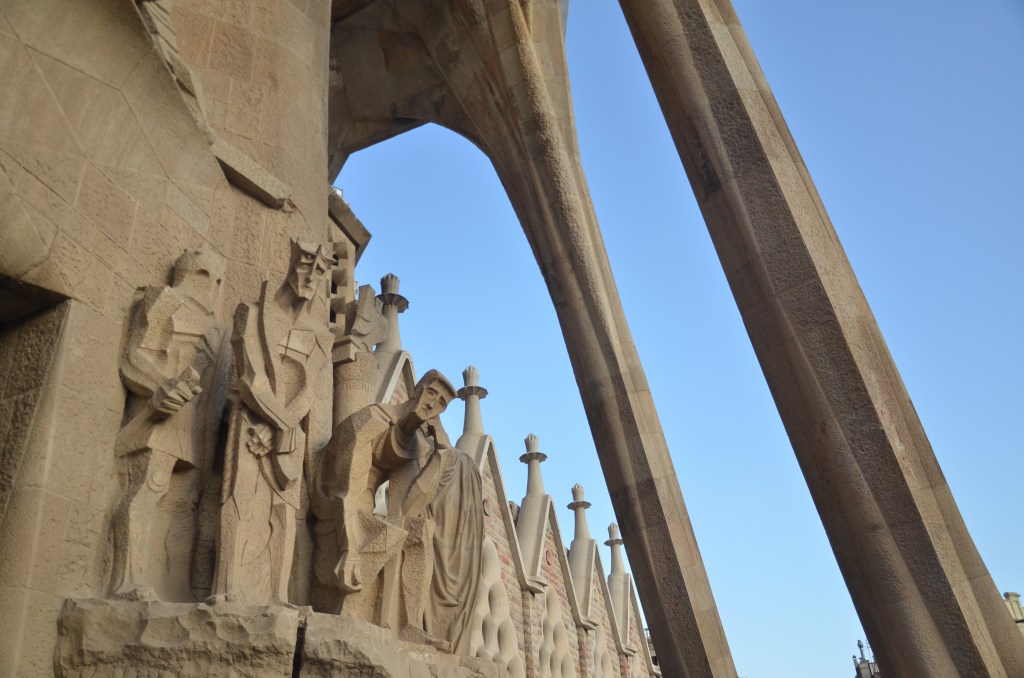
His most famous piece on the Passion façade is “The Kiss of Judas,” a powerful representation of Judas Iscariot’s betrayal. Art critics and scholars all agree in saying that the angular forms and exceptionally exaggerated expressions in this sculpture convey a sense of tension and turmoil – a stark departure from traditional representations of this scene in Christian art, as it seems to portray Judas as doubting his own decisions, somehow anticipating his suicide. Abstract as Subirachs’ work might seem to many, this piece in particular shows his capacity to convey deep, dramatic emotions, much as any Baroque master would do.
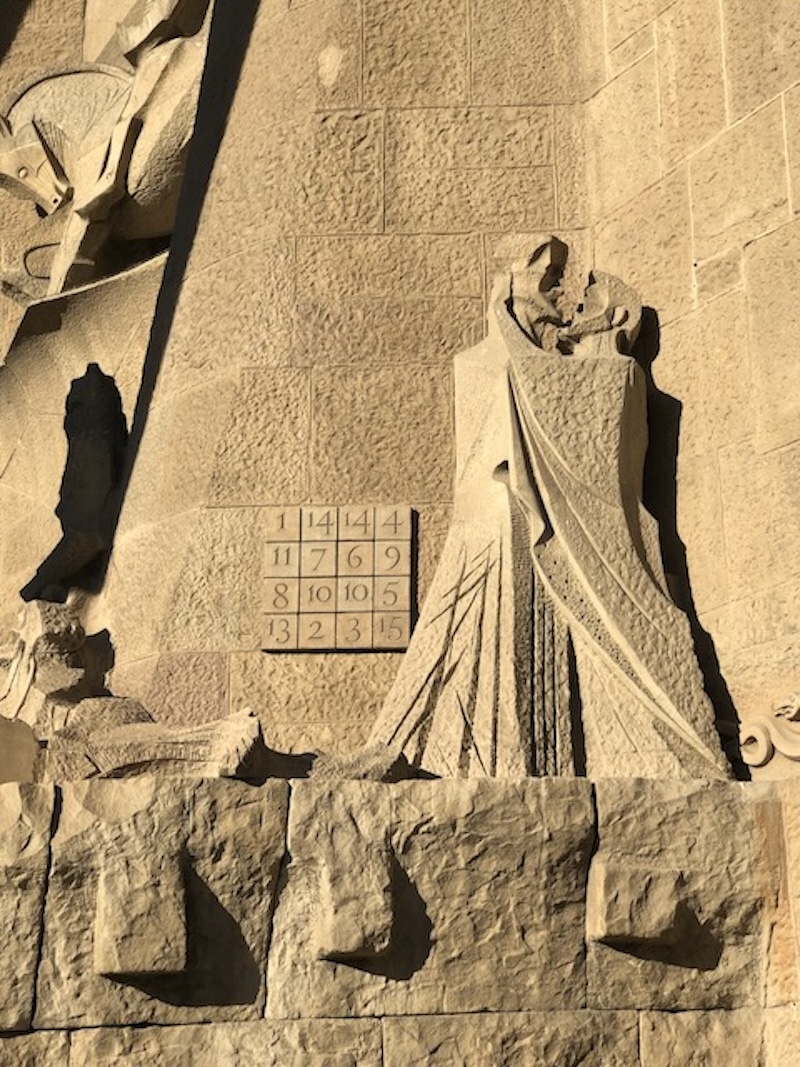
Subirachs’ work within the Sagrada Familia extended to the Glory façade as well, where he contributed with sculptures that depicted the Last Judgment and other biblical scenes. While these pieces are also characterized by their abstract and modernist style, they reflect his dedication to capturing the essence of the religious narrative in a way that would speak to contemporary sensitivities.
Josep Maria Subirachs passed away in 2014, leaving behind an exceptionally rich legacy of artistic contributions to the world of modern sacred art. His work, though contentious at times, pushed the boundaries of conventional religious imagery and sparked discussions about the intersection of tradition and modernity in the context of religious art. Today, his sculptures continue to stand as a testament to his innovative spirit and commitment to reinterpreting the age-old religious narratives in a contemporary, thought-provoking, dialogical and daring manner, adding a unique layer to the ongoing story of Christian sculpture and architecture.
